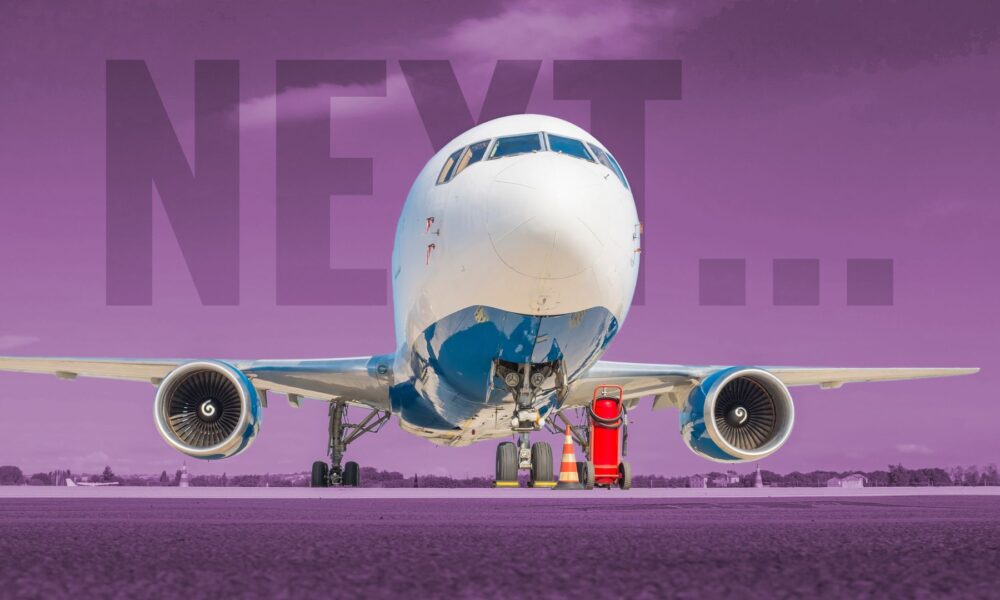The transition from the F-16 Fighting Falcon to the F-35 Lightning II is reshaping air combat capabilities across multiple nations. As the United States Air Force (USAF) phases out the F-16, allies, including the United Kingdom, Italy, Norway, Australia, Japan, and Israel, are adopting the F-35. This shift underscores a significant generational change in military aviation strategy, highlighted by the F-35’s advanced features and capabilities.
Comparative Analysis of Performance and Design
A direct comparison shows that while the F-35, nicknamed “Fat Amy,” boasts advanced stealth technology, it has a lower top speed than the F-16. The F-35, designed primarily for stealth, includes radar-absorbent materials and internal weapons bays to minimize detection, enabling it to operate effectively in contested airspace where the F-16 might struggle.
The key advantages of the F-35 lie in its stealth and beyond visual range (BVR) capabilities. The aircraft’s design assumes that air-to-air engagements will occur at long distances, allowing it to detect and neutralize threats before they become a danger. In contrast, the F-16’s strengths in dogfighting are diminishing as modern warfare evolves. Close-range combat is increasingly viewed as a tactical failure, underscoring the F-35’s role as a long-range strategic asset.
Specifications highlight the differences between the two aircraft. The F-16C/D, a multirole fighter, has a thrust of 27,000 pounds, a wingspan of 32 feet 8 inches, and a maximum takeoff weight of 37,500 pounds. It can carry up to 12,000 pounds of fuel and a range of munitions, including two 2,000-pound bombs and various air-to-air missiles. Its top speed reaches 1,500 mph, with a range exceeding 2,002 miles.
The F-35A, produced by Lockheed Martin, features a thrust of 43,000 pounds, a wingspan of 35 feet, and a maximum takeoff weight in the 70,000-pound class. With a top speed of Mach 1.6 and a range of over 1,350 miles, it is equipped to carry various munitions based on mission requirements, emphasizing its versatility.
The Role of Technology in Modern Warfare
The F-35 is more than just a fighter; it serves as a networked multirole sensor platform. This capability allows it to act as a command and control hub, sharing intelligence and targeting information with other aircraft. Its advanced systems, such as the Electro-Optical Targeting System (EOTS) and Active Electronically Scanned Array (AESA) radar, provide situational awareness that enhances the effectiveness of allied forces.
The aircraft is designed to operate in hostile environments, gathering intelligence and disabling enemy air defenses. The F-35 can carry a reduced internal weapons load for stealth missions, while also having the capability to use external pylons for additional munitions when stealth is less critical.
Despite its technological advantages, the F-35 program has faced scrutiny over its cost. The total program cost has exceeded previous military projects, creating debate about its affordability and the complexities involved in its development. The F-35 has become the most expensive military program in history, surpassing even the costs associated with the Manhattan Project.
The introduction of the F-35 also reflects a strategic shift in the USAF’s fighter mix. Historically, the F-16 served as a “low” fighter, ideal for less demanding missions. The F-35 now occupies the “high” end, designed for complex operations in heavily defended airspace. This evolution consolidates the mission profiles of several fourth-generation fighters into a single stealth platform.
Collaborative efforts within NATO and other allied nations are evident as they transition to the F-35. On July 2, 2025, Italian Defense Minister Guido Crosetto announced plans for the first F-35 fighter pilot training school outside the United States, to be established in Sicily. This initiative highlights Italy’s significant role in the global F-35 program.
In the context of international defense, the F-35 is poised to strengthen deterrence against potential adversaries, such as China and Russia. Its presence among allied air forces enhances collective security, sending a unified message of resolve.
As the F-35 program continues to expand, key nations, including the United States, Japan, the United Kingdom, Australia, and Italy, are set to operate around 3,000 airframes in various configurations. While the F-16 remains operational with approximately twenty-five countries, the transition to fifth-generation capabilities marks a new era in aerial warfare.
Ultimately, the shift to the F-35 underscores a significant evolution in military aviation, balancing cost, capability, and strategic objectives in an increasingly complex global landscape.







